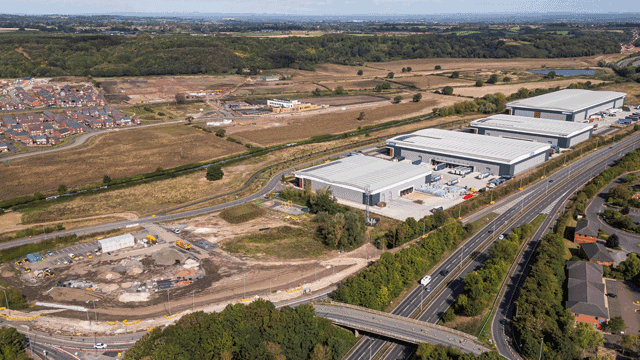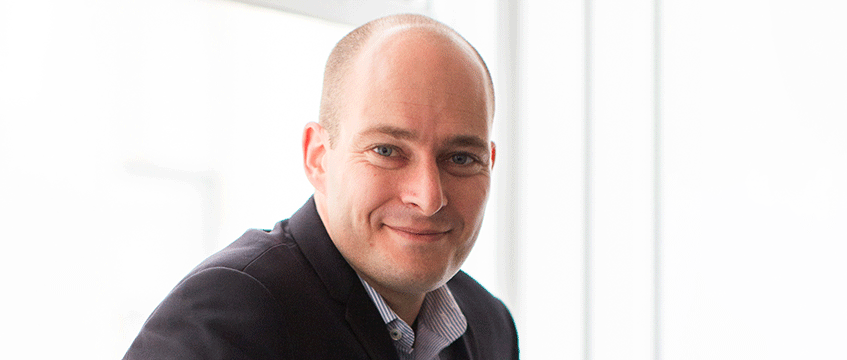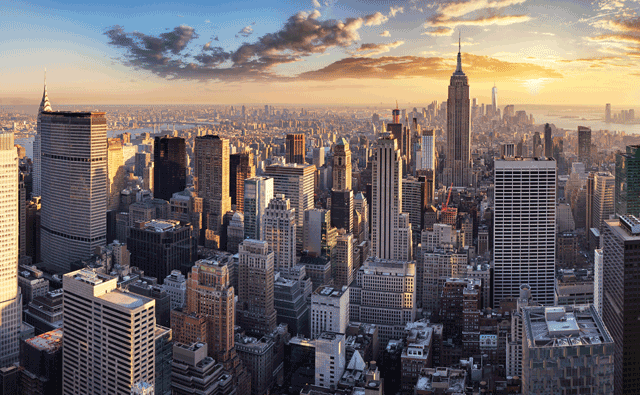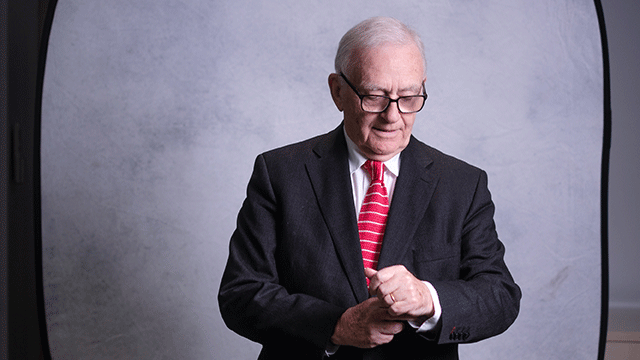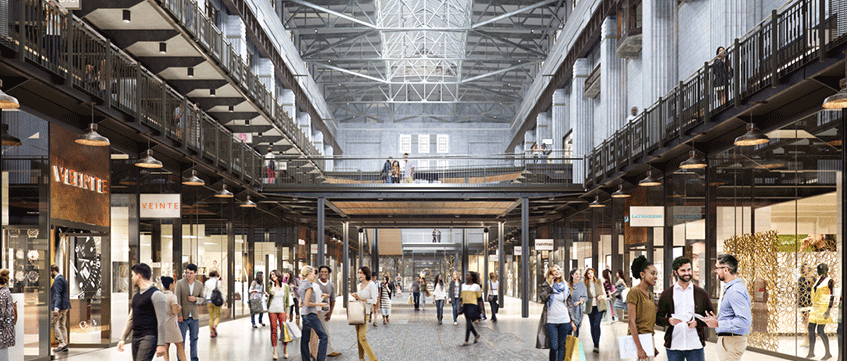COMMENT Cities are generators of innovation; their diverse populations and cultural richness provide the ideal opportunities for people to meet, socialise and collaborate. The number of new ideas generated by an area has been demonstrated to correlate directly with the size and diversity of the population.
Traditionally, life sciences research was found in edge-of-town locations, but like technology, media and corporate headquarters, it turns out that science also thrives in urban areas. As innovation districts and life sciences buildings move to the city centre, the challenge for architects and urbanists is to provide the type and volume of space needed, while anticipating changes of use as districts mature and evolve.
How does good design help? To attract a broad community, we need to create areas where people want to be. High-quality placemaking is fundamental to success, as a client once said to me: “scientists are people too”. They are looking for exciting urban areas, with pedestrian-friendly neighbourhoods where there is plenty going on. Places to go for coffee, for a drink after work, or a cultural event. Some of the most successful innovation districts have tackled this placemaking in the first phase of the development. If there is a reason that people want to be there, it helps companies to attract and retain talent.
Growing up on-site
The success of a life sciences development depends on social diversity, and the facilitation of serendipitous encounters and interdisciplinary exchanges that lead to innovation. New advances often come at the intersection of disciplines: hardware and software, technology and media, biology and engineering, business and design. Districts work best when organisations across a variety of disciplines and stages – from start-up to international industry leaders – can interact and collaborate across their areas of expertise. This requires proximity of spaces of diverse types and scales and the provision of shared facilities or shared areas that encourage interaction.
We have put these ideas into practice at One North Quay, Canary Wharf. At the ground level, the building is set back, creating a generous public space and access to the quayside which can be enjoyed by both the occupants of the building and the wider population. Cafés and retail space also allow the development to integrate with the local community.
Internally, the building is designed around community, to encourage collaboration and innovation. Typically, life sciences buildings are about seven or eight storeys tall but here the 23-storey building comprises stacks of “neighbourhoods” with interconnecting communal spaces that allow for interdisciplinary socialising. This arrangement provides flexibility in tenant scale, arrangement and sectors. Tenants could take anything from half a floor to the whole block, allowing for companies to expand or “grow up” on site.
One North Quay has been designed for flexibility and can accommodate up to 60% laboratory space, with provision for significant chemistry and high containment facilities. Innovative infrastructure includes a distributed MEP strategy, delivering highly efficient floorplates and enabling future upgrades to all or part of the building. It also significantly reduces operational energy, ensuring the building hits ambitious sustainability targets. And, because the roof isn’t entirely occupied by plant, there is a communal roof garden and restaurant at the top of the building, great for general wellbeing and socialising.
Innovations of tomorrow
As architects, we believe that design has a critical role to play in creating the kind of places that attract diverse communities, where people with unique interests and skill sets can meet to create new ideas and invent new ways of working.
We collaborate with leading experts across multiple disciplines, synthesising various ideas to conceive of designs that inspire and delight – creating the buildings, neighbourhoods and urban districts today that can foster a thriving life sciences ecosystem for the innovations of tomorrow.
Elie Gamburg is design principal at Kohn Pedersen Fox




